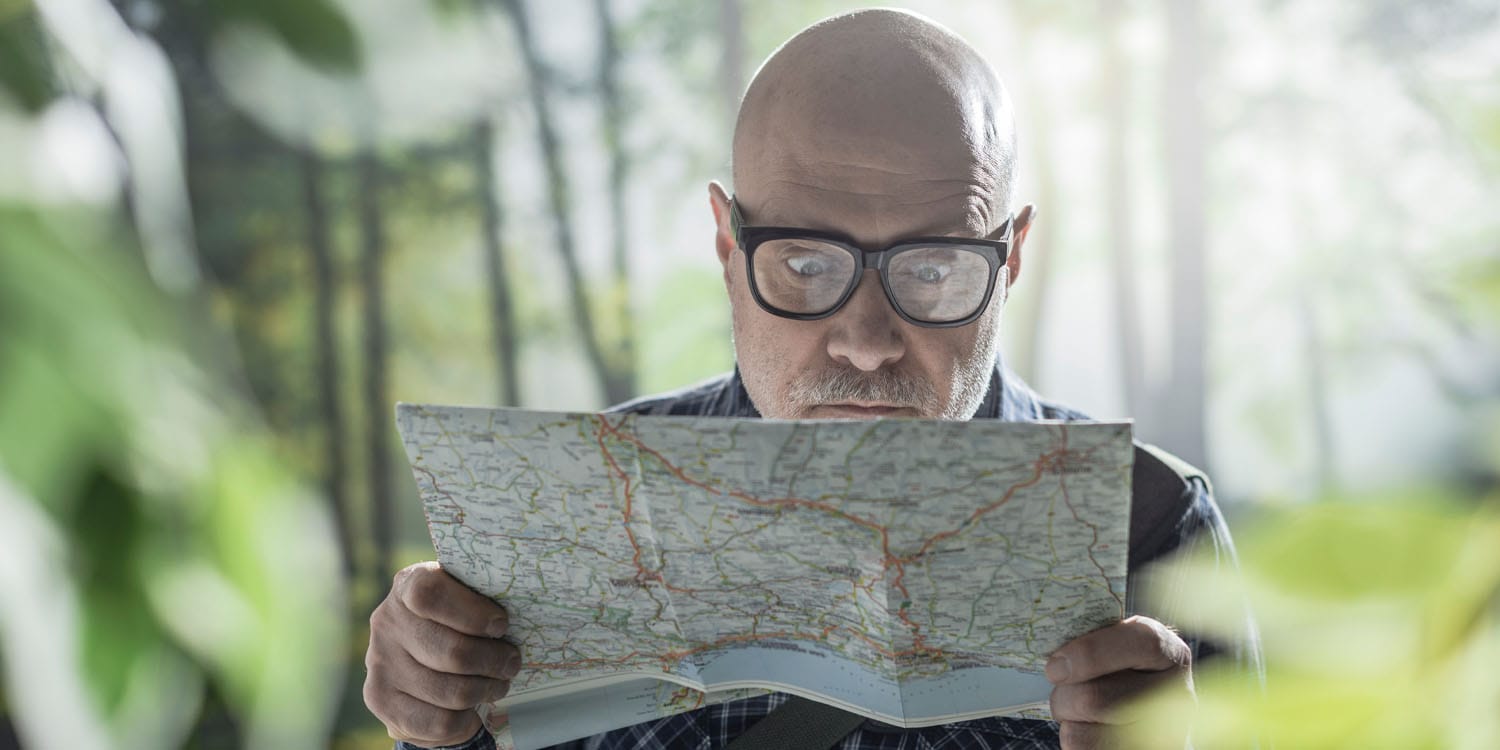Imagine feeling lost in a maze, a wave of anxiety washing over you as you struggle to find your way. Now picture that same maze with nostalgic images from your past lining the walls. Would these fond memories help you navigate more confidently? According to a recent study published in the Journal of Experimental Social Psychology, they just might.
The research aimed to understand how nostalgia — a sentimental longing for the past — can influence spatial anxiety, the fear or discomfort associated with navigating unfamiliar environments. The researchers found that not only does spatial anxiety trigger nostalgia, but nostalgia also helps reduce this anxiety.
Nostalgia is a complex emotion, combining elements of happiness and sadness, but predominantly offering a sense of comfort and positivity. Prior research has demonstrated that nostalgia can mitigate various negative states, such as loneliness and existential threat, by enhancing feelings of social connectedness, self-esteem, and meaning in life. These regulatory effects of nostalgia have been extensively documented in contexts where individuals face emotional or psychological challenges.
The new research is rooted in the regulatory model of nostalgia, which posits that nostalgia functions as an emotional homeostasis mechanism. This model suggests that nostalgia, often characterized by a sentimental longing for the past, serves to counterbalance the effects of adverse psychological and environmental conditions. When individuals encounter stressors or negative emotional states, nostalgia can act as a buffer, providing emotional relief and restoring psychological equilibrium.
To investigate whether spatial anxiety would trigger nostalgic feelings as individuals seek comfort and familiarity in response to their disorientation, the researchers conducted a series of three experiments.
In Experiment 1, the researchers aimed to induce spatial anxiety and observe whether it would trigger nostalgia. The study involved 64 undergraduate students from the University of Southampton, who were randomly assigned to either a spatial-anxiety condition or a neutral condition. The participants were trained to navigate a virtual maze using a computer-based simulation.
The procedure involved two route-learning tasks. In the first task, participants learned a specific route through a virtual maze. They completed five training trials where directional arrows guided them. After reaching the destination in each trial, the arrows were removed in a test trial, and participants had to navigate the same route without guidance.
The second route-learning task introduced the experimental manipulation. Participants were again guided through a maze with arrows in three training trials. In the spatial-anxiety condition, part of the route was surreptitiously changed without informing the participants, leading to a more complex layout with additional paths and pictures. In the neutral condition, the route remained unchanged. The spatial-anxiety manipulation aimed to create a sense of disorientation and confusion in the participants. Immediately after completing the second route-learning task, the researchers assessed the participants’ spatial anxiety and nostalgia.
The results indicated that participants in the spatial-anxiety condition reported significantly higher levels of spatial anxiety compared to those in the neutral condition. This validated the effectiveness of the spatial-anxiety induction. Moreover, participants in the spatial-anxiety condition felt significantly more nostalgic compared to those in the neutral condition.
Experiment 2 focused on examining whether nostalgia could reduce spatial anxiety. This experiment involved 231 visitors attending open days at the University of Southampton. Participants were randomly assigned to either a nostalgia condition or a control condition. The methodology involved passive navigation through a virtual maze, viewed via a video clip.
Participants watched a first-person perspective video recording of navigating a virtual maze. The walls of the maze displayed either nostalgic or matched control pictures. In the nostalgia condition, the images included characters and scenes from popular media (e.g., Harry Potter characters) that dated back five years or more, evoking a sense of nostalgia. In the control condition, the images depicted present-day counterparts of those in the nostalgia condition. After watching the video, participants reported their levels of nostalgia and spatial anxiety.
The results showed that participants in the nostalgia condition reported feeling significantly more nostalgic than those in the control condition. Importantly, nostalgic participants experienced significantly lower levels of spatial anxiety compared to those in the control condition. This finding supported the hypothesis that nostalgia can assuage spatial anxiety, consistent with the regulatory model of nostalgia.
Experiment 3 aimed to replicate and extend the findings of Experiment 2 by examining the effects of nostalgia on spatial anxiety in an active navigation task. Additionally, the experiment explored whether reduced spatial anxiety due to nostalgia would influence goal setting. The study involved 120 undergraduate students from the University of Southampton, who were randomly assigned to either a nostalgia condition or a control condition, and to either an easy maze or a difficult maze.
The procedure included two route-learning tasks, similar to Experiment 1. In the first task, participants learned to navigate a virtual maze with directional arrows. The second task involved three training trials and one test trial without arrows. The virtual mazes were designed to vary in difficulty: the easy maze had three decision points, while the difficult maze had eleven decision points. Both mazes contained nostalgic or control images on the walls.
After completing the navigation tasks, participants reported their levels of nostalgia and spatial anxiety. Participants were also asked to choose between performing an easy or a hard future navigation task to assess their goal-setting behavior.
The findings revealed that participants in the nostalgia condition reported significantly higher levels of nostalgia than those in the control condition, confirming the effectiveness of the nostalgia induction. Nostalgic participants also reported lower levels of spatial anxiety on both the Disorientation Scale and the Spatial Anxiety Scale, compared to control participants. These results replicated the findings of Experiment 2, showing that nostalgia reduces spatial anxiety.
Additionally, participants in the nostalgia condition were more likely to choose the challenging future navigation task, indicating higher goal-setting behavior. Mediation analyses revealed that the beneficial effect of nostalgia on goal setting was mediated by reduced spatial anxiety. This suggests that nostalgia not only reduces spatial anxiety but also boosts confidence in goal-setting tasks related to navigation.
While the findings are intriguing, the study has limitations that warrant further investigation. For example, while virtual environments offer control and realism, future research should test these findings in real-world settings or more complex virtual environments that mimic real-life scenarios more closely.
The study, “Nostalgia assuages spatial anxiety,” was authored by Alice Oliver, Tim Wildschut, Constantine Sedikides, Matthew O. Parker, Antony P. Wood, and Edward S. Redhead.




